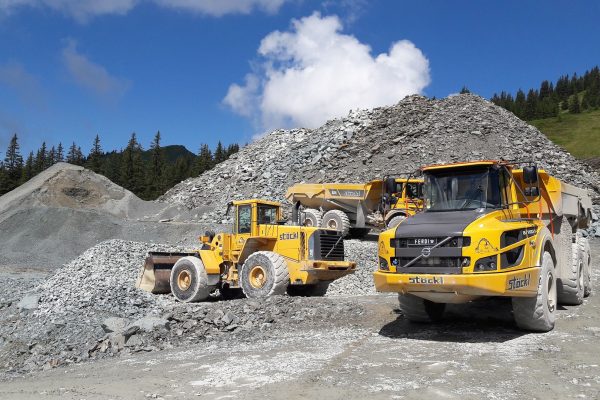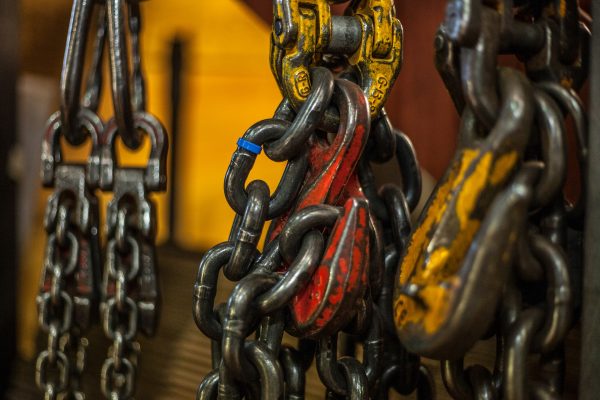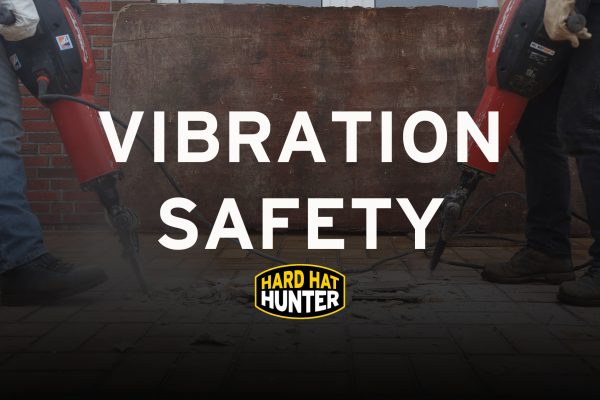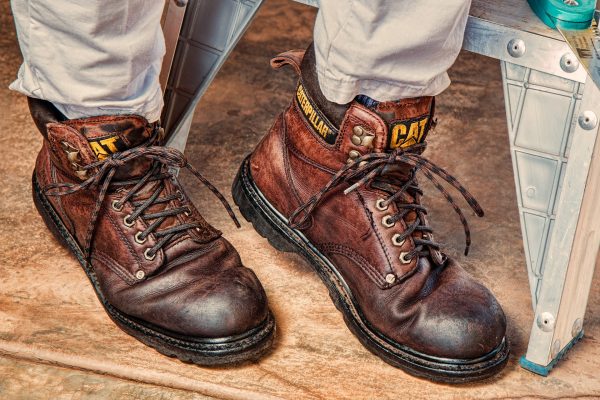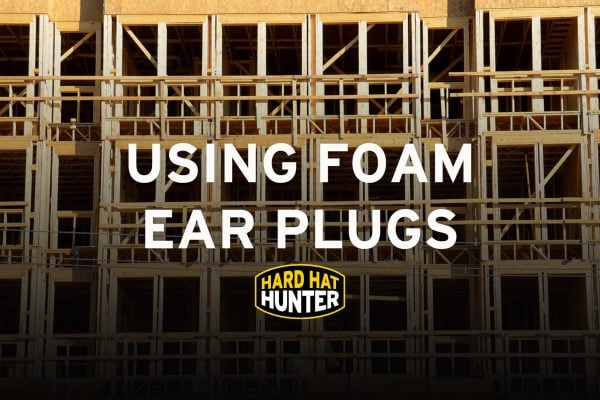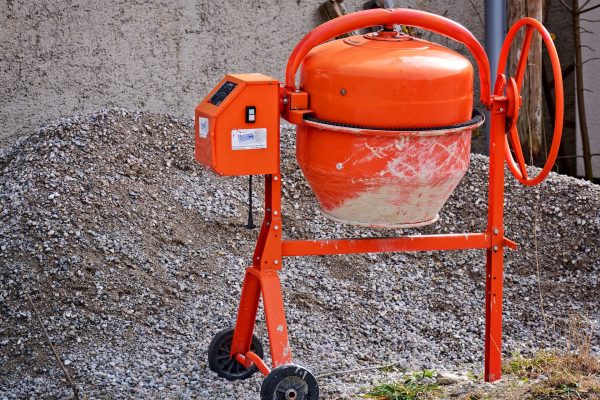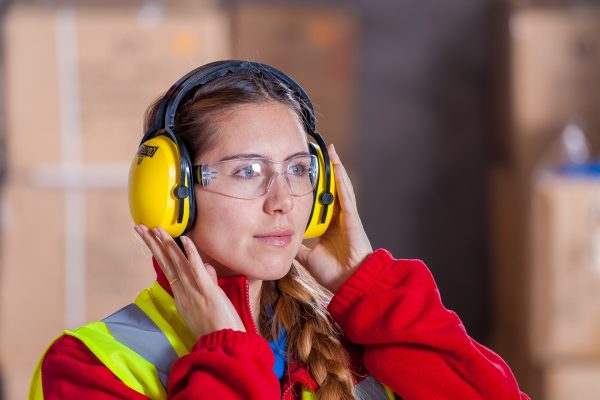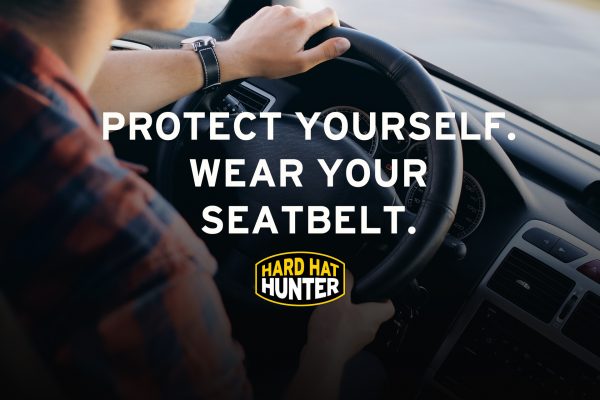Use equipment side grab rails and steps Ensure steps are clear of debris that can cause slips, trips, or falls (i.e. mud, ice, etc.) Maintain 3-point contact
Quick Tips
Never remove, alter, or modify machine guarding Ensure guards are in place prior to using equipment Identify potential pinch points on equipment prior to use Stay in designated safe work... read more →
Control exposure to vibration by: Avoiding using defective, damaged or faulty tools Maintaining tools Avoid continuous exposure; rest when possible Wearing appropriate PPE, including gloves Using a minimum strength hand... read more →
- Wear the appropriate footwear for the job at hand Good toe protection in a shoe/boot is very important when working on site Shoes/Boots that are water-proof are ideal when... read more →
The CDC (Centers for Disease Control and Prevention) identifies the following ways to get the best protection from soft foam earplugs: Roll the earplug into a small, thin "snake" with... read more →
Always wear proper eye protection, as eyes are particularly vulnerable when handling concrete Avoid contact with skin, as it can leave burns Work in well ventilated areas Flush concrete burns... read more →
Hearing protection is crucial in preventing hearing loss, and should always be worn on site in loud work areas. Three main types of hearing protection include: Ear muffs Ear plugs... read more →
Prevent your vehicle from rolling into traffic using these tips: Uphill with Curb Turn wheels away from curb Uphill without Curb Turn wheels towards side of road Downhill with/without Curb Turn... read more →
OSHA estimates that "employers pay almost $1 billion per week for direct workers' compensation costs alone." Direct costs include: Workers compensation payments Medical expenses Legal expenses Protect workers and save... read more →

